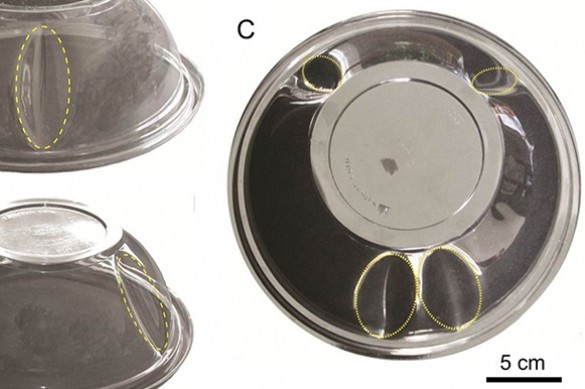New Braille device mooted
Researchers at Harvard’s school of engineering and applied sciences (SEAS) may have found a way to create Braille texts without resorting to the bulky books traditional Braille printing turns out - for example, when Harry Potter and the Order of the Phoenix was translated into Braille, it spanned over 14 volumes comprising more than 1000 pages of thick Braille paper. Now, by developing a framework which encodes memory, in the form of Braille-like dimples and bumps, onto a blank, lattice-free material, the researchers are hoping a small device could create Braille letters as the reader needs them, and erase them when they have been read.
The concept for the system was based on a simple inverted fruit bowl. “We show how an otherwise featureless curved elastic shell, when loaded appropriately, can store elastic bits (e-bits) that can be written and erased at will anywhere along the shell,” said senior study author Professor Lakshminarayanan Mahadevan. “This system could serve as the basis for small-scale mechanical memories.”
This is the first time that researchers have demonstrated mechanical memory in a system with no inherent lattice. The approach is also scale-independent, meaning it will work with one-atom-thick graphene all the way up to paper. “This paper is a first step in showing that we can store memories. The next step is to ask if we can actually compute with them,” said Mahadevan.


























